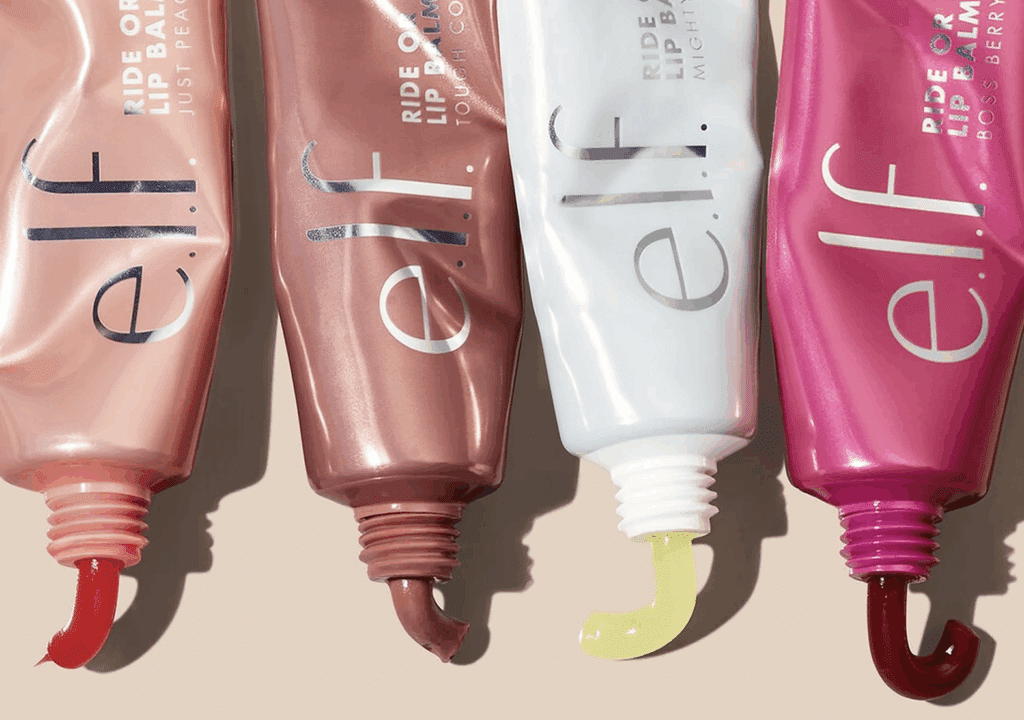A case over an “anticompetitive” scheme that allegedly saw Saks Fifth Avenue conspire with luxury brands to control the wages and certain job conditions of luxury retail employees went before the U.S. Court of Appeals for the Second Circuit on Monday. On the heels of the Department of Justice and attorneys general for almost two dozen states calling on the federal court of appeals to revive the previously dismissed lawsuit that accused Saks, and the American arms of Louis Vuitton, Gucci, Prada, Loro Piana, and Brunello Cucinelli of engaging in an unlawful “no poaching” conspiracy, the parties appeared in court this week to argue whether the lower court’s decision should stand or if the case should be revived.
The Background: The plaintiffs, who previously worked as luxury-retail employees at Saks, filed suit against Saks, as well as Louis Vuitton, Loro Piana, Gucci, Prada, and Brunello Cucinelli (the “Brand Defendants”) back in February 2020, alleging that they entered into a no-poaching pact by which the Brand Defendants agreed not to hire any Saks luxury-retail employees unless Saks approved the hires or the employees had not been employed at Saks for at least six months. By maintaining the alleged “conspiracy” to control the labor market for luxury retail employees, the plaintiffs claimed that Saks and the Brand Defendants violated Section 1 of the Sherman Act, which prohibits agreements that unreasonably restrain trade.
The defendants filed a motion to dismiss the complaint in December 2020, which was granted in February 2023 by Judge Margo Brodie of the U.S. District Court for the Eastern District of New York. According to the court, the plaintiffs pled an anticompetitive conspiracy via allegations that Saks’ director of human resources and the store managers for several of the Brand Defendants had confirmed the existence of the no-hire agreements. The court also determined that the alleged no-poaching pact at play here is similar in structure to no-hire agreements that other courts have found to plausibly give rise to a claim under the Sherman Act.
Nonetheless, the court ultimately tossed out the case after holding that the plaintiffs failed to plead that the defendants’ no-poaching pact was an unreasonable restraint of trade (and in the process, rejected the plaintiffs’ claim that the no-hire agreements were per se antitrust violations of the Sherman Act). Siding with the defendants, the court concluded that the no-hire agreements were “ancillary restraints” – or permissible restraints that promote the procompetitive attributes and competitive success of a legitimate collaboration – and without them, “there would be a continual risk that the Brand Defendants would use their concessions in Saks stores to recruit employees” for their stores outside of Saks.
Pushes to Revive the Case
Against that background, both the DOJ and the states asked the Second Circuit to revive the case, arguing in “friend of the court” briefs in August 2023 that the lower court was wrong to dismiss it. Setting the stage in the brief that it filed, the DOJ asserted that the U.S. “enforces the federal antitrust laws and has a strong interest in their correct application.” Specifically, the DOJ argued that the lower court did not apply the proper two-part ancillarity test, which is significant, as in order for a challenged restraint to be permissible from a competition perspective, it must be: (1) “subordinate and collateral to a separate, legitimate business collaboration among the defendants,” and (2) must be “reasonably necessary to achieve the collaboration’s procompetitive objectives.”
Here, the District Court only found that the alleged restraint (the no-poaching pact) “accompanies” and is “part of” a purportedly “collaborative business relationship” between Saks and the Brand Defendants – specifically, that Saks sells the Brand Defendants’ products and that the Brand Defendants have concessions at Saks stores. The problem, according to the DOJ, is that the plaintiffs’ complaint “contains no allegations of any connection, let alone a subordinate and collateral connection, between the alleged conspiracy and those business relationships,” and in actuality, the plaintiffs allege that “the conspiracy’s sole ‘objective’ is ‘to reduce’ luxury-retail employees’ ‘compensation and mobility.’”
Additionally, the DOJ has maintained that the district court misapplied the law governing the statute of limitations when it rejected the plaintiffs’ argument that the defendants engaged in “ongoing misconduct” each time they paid luxury retail employees “sub-competitive compensation” or “enforced the anticompetitive no-hire agreements” when the Brand Defendants refused to hire Saks employees, and thereby, failed to apply the continuing-violation doctrine.
In their own brief, the states’ attorneys similarly argued that the Second Circuit should reverse the lower court’s decision largely because in their experience “no-hire agreements suppress competition for employees, depress wages, and limit workers’ mobility,” and because the court erred in concluding on the pleadings that the defendants’ no-hire agreements are not per se unlawful. Delving into the latter (and echoing much of what the DOJ argues), the states assert that no-hire agreements are “horizontal restraints on trade that are unlawful per se,” and the court was wrong to conclude at the pleading stage that the defendants’ no-hire agreements are “ancillary restraints that accompanied a ‘collaborative business relationship’ [between the parties] even though the complaint had not alleged any such procompetitive relationship or any facts regarding whether the no-hire agreements were related to such a procompetitive relationship.”
In a statement this summer, California Attorney General Bonta, who is among the AGs listed on the states’ brief, said, “No-hire agreements are anti-worker and anticompetitive. They have no place in the labor market. Employees who were wronged should know that we have their backs, [and] employers should remember that we expect everyone to play by the rules.” Pointing to a $3.75 million settlement with eBay in 2014, which centered on allegations the company violated state competition laws by making a “no-poach” agreement with Intuit between 2006 and 2009, as well as settlements with Arby’s, Dunkin’, Five Guys, Little Caesars, Burger King, Popeyes, and Tim Hortons to prohibit them from continuing to include “no-poach” provisions in their franchise agreements, Bonta said that the California Department of Justice has “previously challenged the legality of no-hire agreements and have prevailed.”
Fast forward to March 25 and the parties were in court to argue over the fate of the case, with Saks pushing for the Second Circuit to keep the lower court’s dismissal in place. Meanwhile, counsel for the plaintiffs told the panel of appeals judges that the workers sufficiently alleged an “ongoing conspiracy between Saks and the brand defendants not to compete for Saks luxury retail employees.”
THE BIGGER PICTURE: No-poach/no-hire agreements have been under increased scrutiny over the past several years. Specifically, these types of agreements have been a topic of interest since 2016 when the DOJ and the Federal Trade Commission (“FTC”) issued guidance, entitled, “Antitrust Guidance to HR Professionals,” in which they warned that future antitrust enforcement would treat “no-poach” agreements and wage fixing as criminal violations of antitrust law. The Biden Administration affirmed its plans on this front, stating in the July 2021 Executive Order on “Promoting Competition in the American Economy” fact sheet that the FTC and DOJ should “strengthen antitrust guidance to prevent employers from collaborating to suppress wages or reduce benefits by sharing wage and benefit information with one another.”
The case is Giordano et al. v. Saks Incorporated et al., 1:20-cv-00833 (EDNY).














